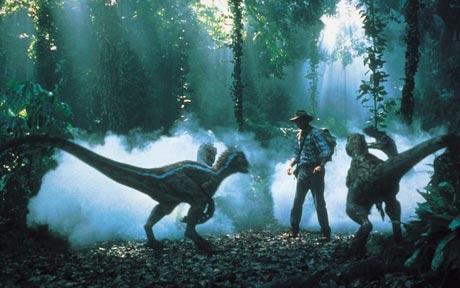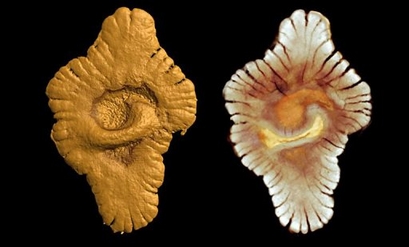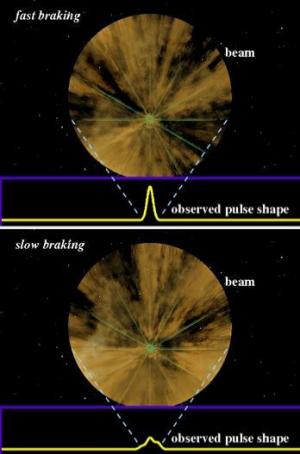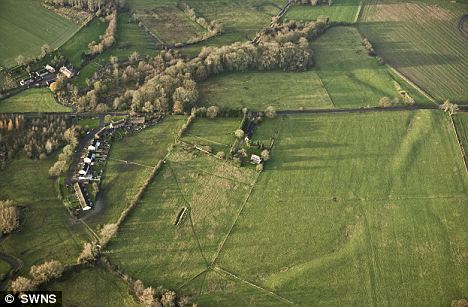
Researchers at the Scripps Research Institute in La Jolla, California, and San Diego Zoo have collaborated to create stem cells from the skin cells of a dead drill monkey, an endangered monkey native to Equatorial Guinea, Nigeria and Cameroon.
The scientists, speaking at the International Society for Stem Cell Research in San Francisco, hope that the "induced pluripotent stem" (iPS) cells thus created can then be biochemically persuaded into becoming sperm and egg cells. They can then be implanted into the womb of another monkey, and will hopefully form a viable foetus.
San Diego Zoo's Frozen Zoo project has taken samples from 8,400 individuals of more than 800 species. It is hoped that these samples can be used in IVF programmes to improve captive breeding projects.
Jeane Loring, one of the Scripps researchers, told New Scientist: "You could actually breed from animals that are dead."
The team used genetically engineered viruses fitted with specific human genes to reprogramme adult skin cells into becoming iPS cells. The process worked in drill monkeys, but failed in white rhinoceros cells, implying that it may be necessary to use species-specific versions of the cells in some cases.











